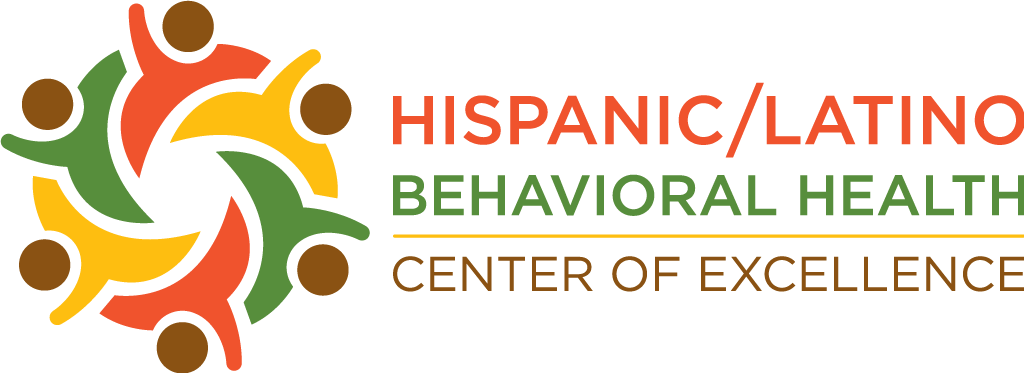
Youth gang involvement is a serious public health concern with significant implications for the youth involved. The National Gang Center estimates that about one third of gang members are adolescents and law enforcement agencies report a greater percentage of Hispanic/Latino and African-American/black gang members compared with other race/ethnicities. Youth who become involved in gangs are at a greater risk of experiencing violence, being victimized, and becoming involved in the juvenile justice system. Combined, these factors contribute to many long-term problems including substance use, dropping out of school, unstable employment, possible incarceration, and even early death.
Many factors contribute to a youth’s willingness or desire to join a gang including a need for belonging, lack of mainstream representation, status, and limited opportunities for future earning and employment. The intersecting traumas and stressors of the historical oppression and systemic discrimination experienced by many Hispanic and Latine youth and their families, make these youth especially vulnerable. Risk factors for gang involvement can be grouped into “push” factors that drive youth away from the main steam and “pull” factors that pull youth toward gang involvement.
This training will help professionals working with youth understand the push and pull factors and how to counter these factors. This session will provide concrete prevention and intervention strategies at both a system-wide and individual level. Further, several factors that contribute to youth leaving gangs will be examined. Finally, two case studies will be presented with an opportunity for participants to practice aligning risk factors with strategic interventions.
Objectives
After this training, participants will be able to
Training offering for the Hall County Juvenile Court from Georgia.
The audience will include Juvenile Court staff, Child attorneys, Parent attorneys, Guardian Ad Litems, Judges, Law Clerks, DJJ employees, School resource officers, school counselors, social workers, and Div of Fam and Child Services.
Trainer:
Kristin Scardamalia, Ph.D.